When you walk around Hanover during these first weeks of spring, usually between the end of March and through April, you’ll notice something: Many parks are covered in a blue carpet of flowers. Countless small, star-formed flowers start to bloom around the time spring starts and bring the first pop of colour after the winter.
These flowers are called Siberian Squill, or Scilla siberica in Latin. They actually come from the same family as asparagus.
As the name might suggest, the plant has its origins in Siberia, as well as Caucasia and Turkey and slowly spread over the rest of Europe, where it is celebrated as a highly valued ornamental garden plant.
In Hanover, scilla are immensely popular. Whenever they start blooming, you see strollers stopping by, taking pictures of the scilla. At school, the children have whole projects centred around the flowers, where they draw them and then collect and preserve them.
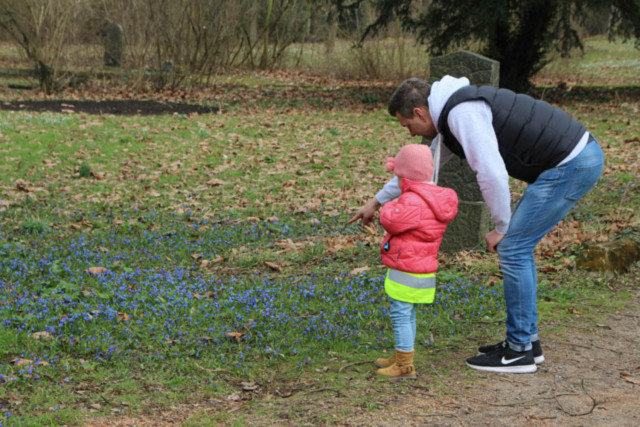
Children and adults alike are fascinated by the scilla flowers at the Lindener Berg cemetary. Photo: Nele Schröder
Why exactly the scilla flower and not, let’s say, snowdrops, which appear far earlier, carry that much meaning in Hanover doesn’t really have a fixed reason. But that doesn’t really matter – whatever the reason may be, it’s clear that people love them.
The obsession with the small blue flowers has been going on for over 20 years. Back then, the flowers, originating in Russia and Caucasian areas, started appearing on an inoperative cemetery on the Lindener Berg (Linden mountain) in one of Hanover’s biggest districts, Linden.
This cemetery itself has a long history: It was opened in 1862 as an Evangelical-Lutheran cemetery. Ever since the early 20th century, though, it was declared inoperative.
After World War I, a pavilion was built on the premises, which then served first as a memorial for those killed in the wars and later as a centre for arts and culture. Ever since the late 1960s, the cemetery has been declared a public park.
To this day, the cemetery is popular amongst many people for a weekend stroll and a look at the art exhibitions in the pavilion or the old gravestones.
Ever since it started blooming each year, the scilla rose to fame and is getting more and more recognition every year. In 2004, the association Quartier e.V. – which is located in the cemetery’s pavilion on said cemetery – started a collaboration with other nearby associations around the cemetery, like a jazz club and a beer garden. This collaboration started organising an annual, one-day celebration of the blue flowers.
For this celebration, up to 20,000 people get together on the cemetery each year to walk around and look at the flowers, accompanied by a programme of music, workshops and the opportunity to have a coffee around the cemetery.
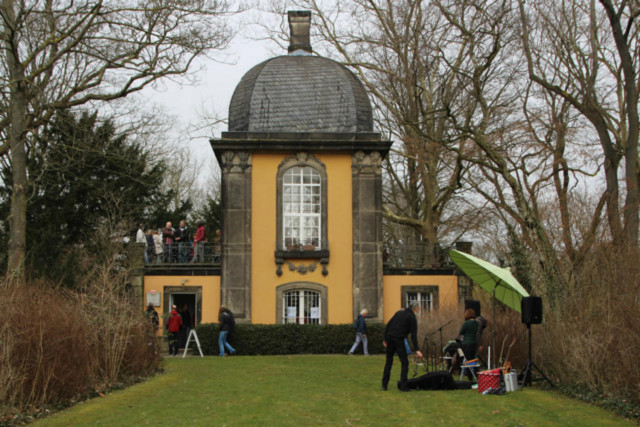
The pavilion on the Lindener Berg cemetery. Photo: Nele Schröder
Next to this festival on the Lindener Berg (the “linden mountain”), there’s usually a spring festival inside the district of Linden. As well as on the mountain, that festival is all about the blue flowers – To go even further: The festival centres around the colour blue. It is even called “Das blaue Wunder” (“The blue miracle.”)
Many little shops and boutiques all around the district take part in the celebration by doing a so-called “Verkaufsoffener Sonntag” (a Sunday that is open for business – most shops in Germany are closed on Sundays). They usually present whatever blue products they are selling as well and mostly have special offers.
Not only Linden’s inhabitants, but also people from other districts take this opportunity to browse through Linden’s shops on a Sunday and try on blue hats, eat blue cotton candy or even buy some scillas for their own garden. There are music shows and presentations by local theatre groups for example, people present their art live or sell handmade goods and the whole district slowly wakes up from the cold winter to anticipate the upcoming spring.
Meanwhile, the whole district is decorated with blue garlands, and the first buds on the trees are garnished with blue tape.
Therefore, the “blue miracle” is a festival that, quite literally, turns Hanover blue for one day – in the best way possible.

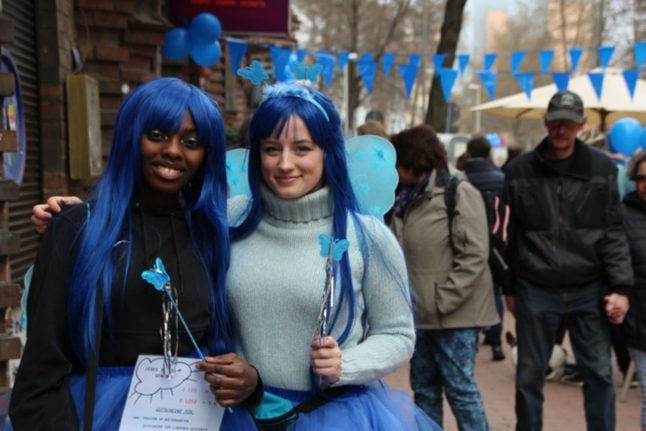
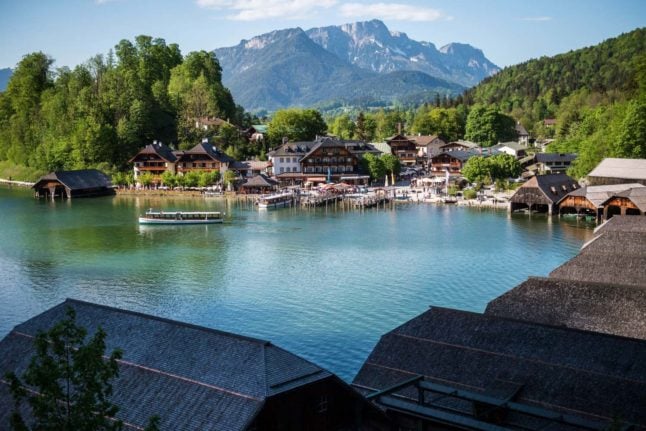
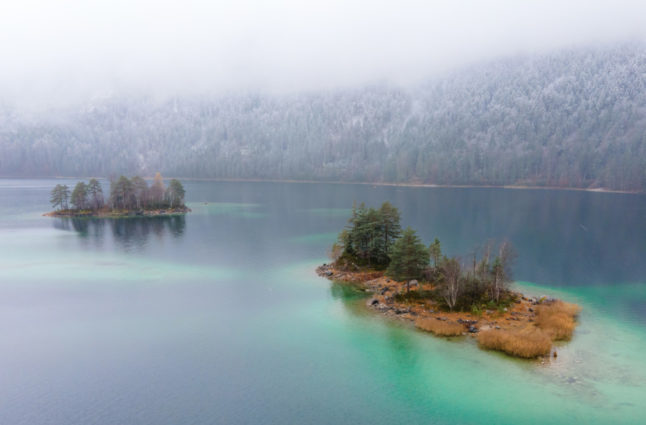
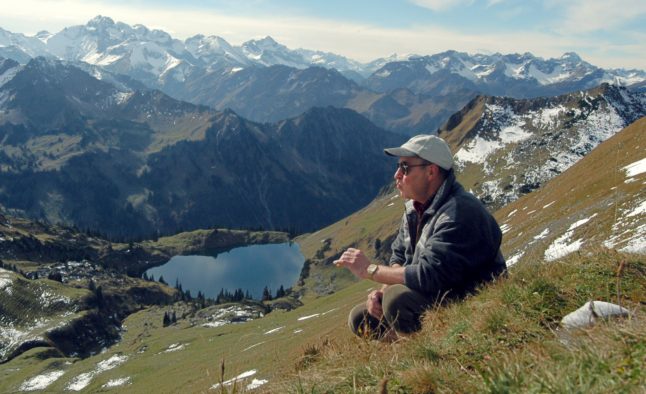
 Please whitelist us to continue reading.
Please whitelist us to continue reading.
Member comments